Site of the worst bear attack in Japanese history is a chilling place to visit
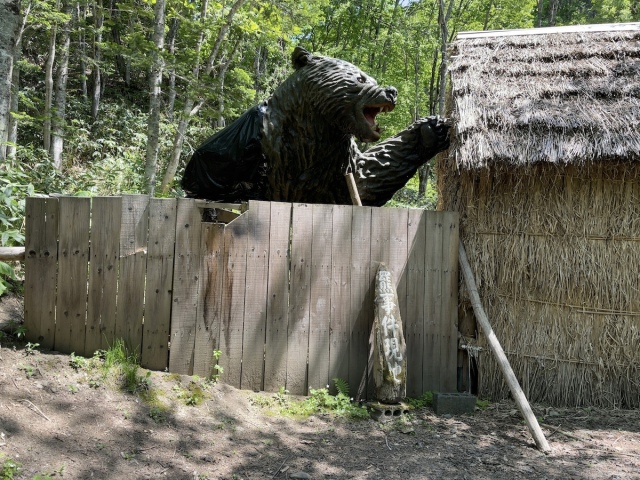
You might not want to visit this area alone.
Every year there are bear sightings in Japan, and recently, they’re becoming more frequent, both on the mainland, where the Asiatic black bear resides, and up in Hokkaido, which is home to the larger Ussuri brown bear, also known as the Ezo brown bear.
While both types of bear are dangerous, Hokkaido’s brown bears are particularly fearsome — an encounter with a brown bear is more likely to result in injury, due to their size and ferocity. In fact, the worst bear attack in Japanese history involved a brown bear, and the story of what happened is like something out of a horror film, as the bear killed seven people and seriously injured three others in a Hokkaido settlement over a five-day period.
The attack is known as the Sankebetsu brown bear incident, although it’s also referred to as the Tomamae brown bear incident or the Rokusensawa bear attack, as it took place in Rokusensawa, Sankebetsu, in the town of Tomamae in Hokkaido.
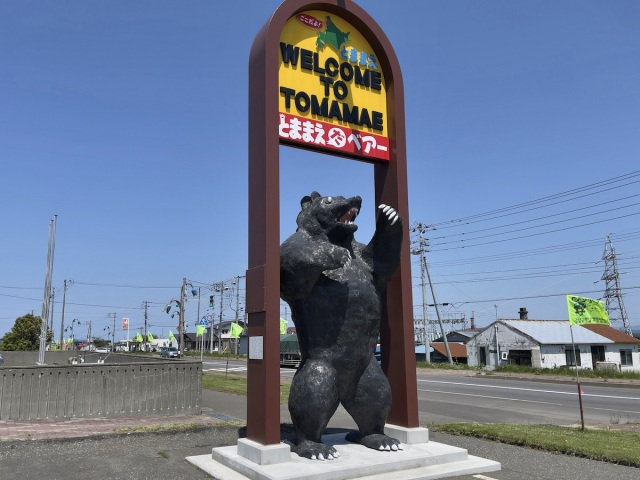
As the incident took place over a century ago, between 9-14 December 1915, younger generations may not know about the horrific attack that literally stained the town, but locals are determined to keep the story alive as a cautionary tale for others.
▼ Which is why the Sankebetsu Brown Bear Incident Reconstruction Location exists in the area.
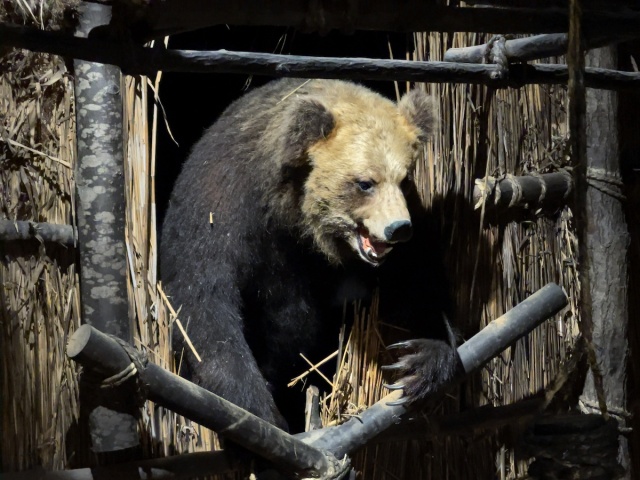
Online reviews for the reconstructed site include comments like: “I couldn’t visit it alone“, “It’s too creepy” and “I was too scared to leave the car“. These comments aren’t exaggerating things, as the official website for the town even warns visitors that “it’s not well-lit, even in the daytime“, “there’s no mobile phone service in the area“, “brown bears may appear“, and “please refrain from visiting at night because it’s dangerous“.
▼ Tomamae is still a relatively rural destination.
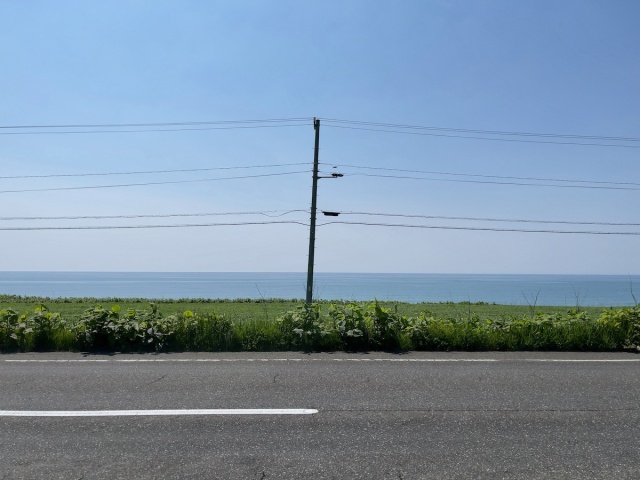
Our reporter Saya Togashi had always wanted to visit the site but her fear surrounding the bear attack had always held her back. However, during a recent visit to Hokkaido in early summer, when bear encounters are usually at their lowest, Saya figured she couldn’t let this opportunity pass her by, and she also felt inclined to pay homage to those who lost their lives at the hands of the bear so many years ago.
Saya was driving during her trip, so she did have her vehicle to help her feel safe, but as she drove to the site, she couldn’t help but wonder how safe the unstaffed site really was. With nobody around, there would be nobody to help her if she did cross paths with a bear. If that happened, how many days would it take for her to be reported missing?
To help calm her nerves and stop her mind from racing, Saya stopped off at the Tomamae Town Folk Museum, where she could learn more about the history of the town and its people, who have long coexisted with bears.
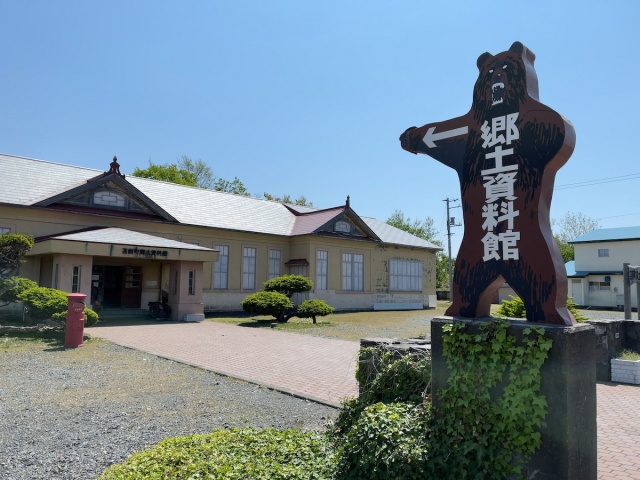
At the folk museum, Saya learned more about the horrific bear incident, which occurred at a time when people were beginning to settle in the wilderness of Tomamae. The life of the settlers was difficult, as they manually cleared the land and lived in huts, and were constantly on the lookout for bears.
Though the details of the incident differ slightly according to the source, the overall account is the same — on 9 December, 1915, a giant brown bear that hadn’t hibernated attacked one of the dwellings and killed two people.
That night, the bear returned, but the townsmen had gathered to guard the settlement and were able to stop the bear from attacking one of the family huts. However, the bear then moved on to a different hut, where it mauled and killed five people.
▼ Reenactment at the folk museum.
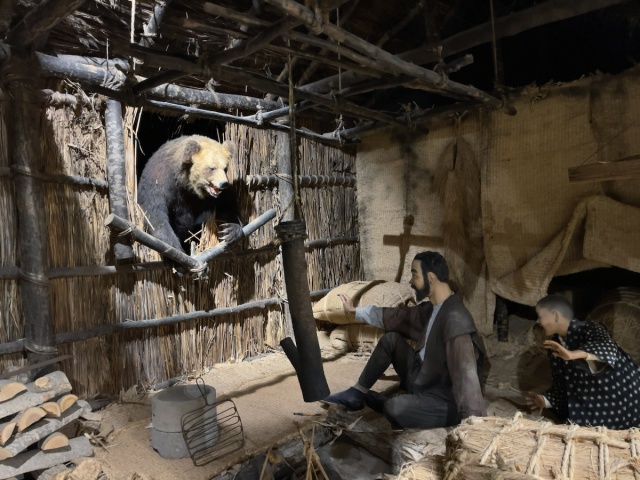
After numerous sightings of the bear, as it returned to the settlement to ransack huts and frighten residents, a famous bear hunter called Yamamoto Heikichi finally managed to kill the animal on 14 December. This brought the terrifying five-day ordeal to an end, and the incident went on to inspire novels, manga, documentaries, plays and even a movie called Yellow Fangs, directed by Sonny Chiba.
Oh, and the bear? It turned out to be a 340-kilogram (749-pound) beast that measured 2.7 metres (8.9 feet) in length.
With thoughts of the enormous bear in mind, Saya drove to the site where it all occurred, around 25 kilometres (15.5 miles) from the museum, at the end of a road called “Bear Road“, which runs from the centre of town to the mountains.
▼ This road ends at the former settlement.
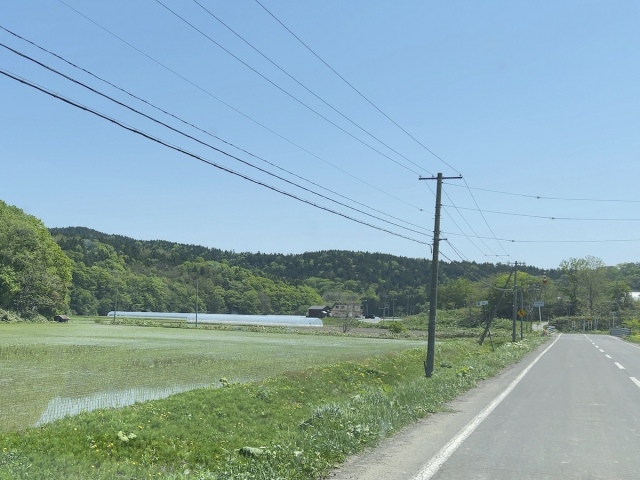
Despite the area’s horrible history, signs along Bear Road show bears in an amiable light, proving that cute pictures of bears really can calm your nerves and help you forget the fact that they can be people-eating beasts.
▼ Five kilometres to “the actual location”.

According to the sign above, this particular spot, five kilometres from the former settlement where the tragedy occurred, is known as “Uchidome Bridge” (“Arrow Stop Bridge“). It was given this name as it was the spot where one of the hunters first managed to shoot the bear during the incident, which ultimately helped to stop the bear’s attack on the settlement.
No amount of cute signage can help calm your fears once you reach the end of the road, though, because this really is bear territory.
▼ Where no one can hear you scream.
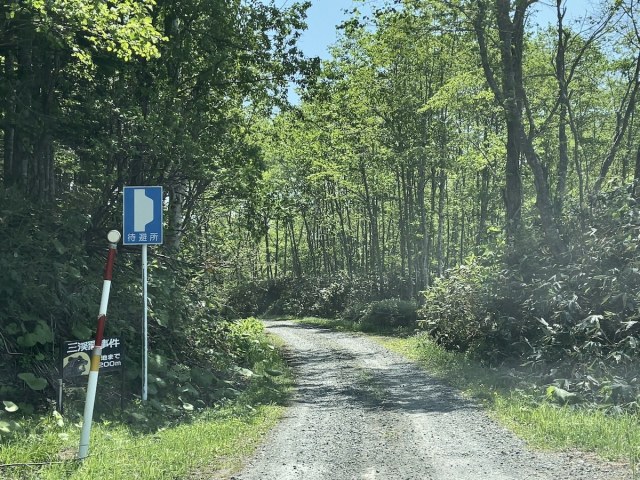
During her whole time on Bear Road, Saya hadn’t seen a single car or human being, and now the journey was becoming even more lonesome, with an unpaved gravel road winding through a forested area that blocked the light of the sun.
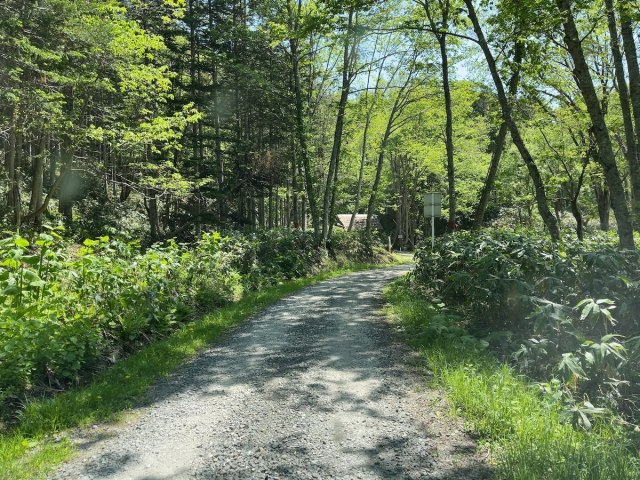
The sound of the treetops swishing in the breeze was the only thing keeping Saya company as she made her way towards the site where tragedy occurred. Well, she certainly hoped it was the only thing keeping her company, because this was prime environment for a brown bear.
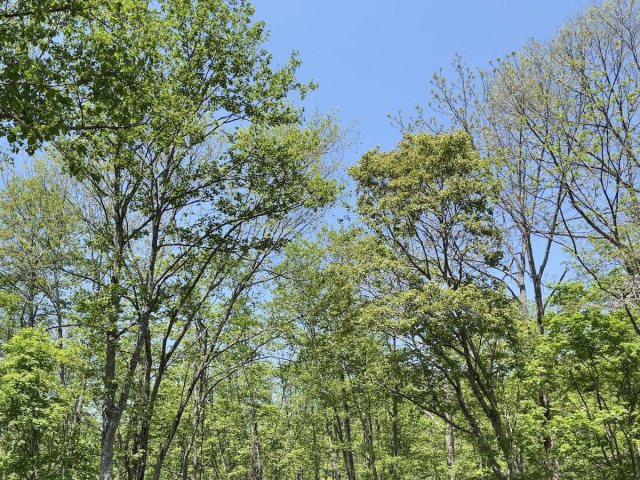
Saya drove right up to the site, and after a few moments of looking left and right to check for any movement, she carefully released her seatbelt and pondered on whether or not to get out of the car. From where she’d parked, she could see the hut as it would’ve looked back in 1915, and staring at her from behind the hut was an enormous-looking bear.
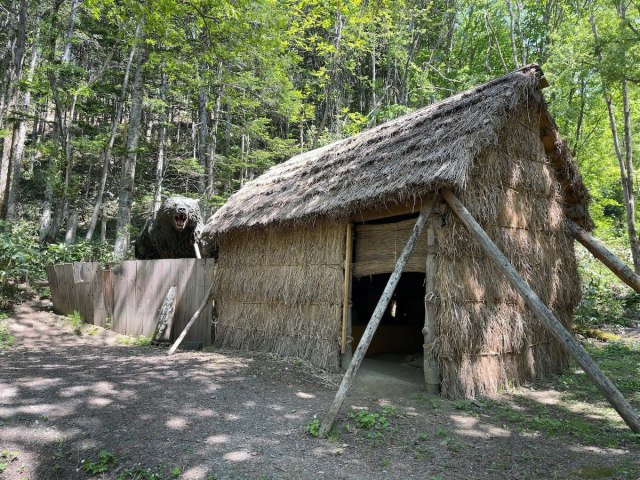
Saya stared at the bear, waiting to see if it might spring to life, but thankfully it didn’t. After reminding herself that it was summer, when sightings of real bears are least likely to occur, Saya tentatively opened her car door, listened for any movement, and took out her bear bell from the glove box. Bear bells are recommended for safety in these areas, so she attached it to her bag and made sure it jingle-jangled loudly as she walked towards the hut, to help scare off any bears that might be around.
▼ If there were any bears as big as this nearby, Saya would probably need more than a bell to save her.

The recreation of the bear at this hut was incredibly effective as it managed to express a thousand thoughts and feelings that no words ever could. Being in the presence of such a giant was terrifying, even in this recreated state, so Saya could get a real sense of the fear and panic that the people who lived here would’ve felt, especially in the dark of night without any solid walls to protect them.
▼ It’s hard to fathom that bears this big still exist in the wilds of Hokkaido today.
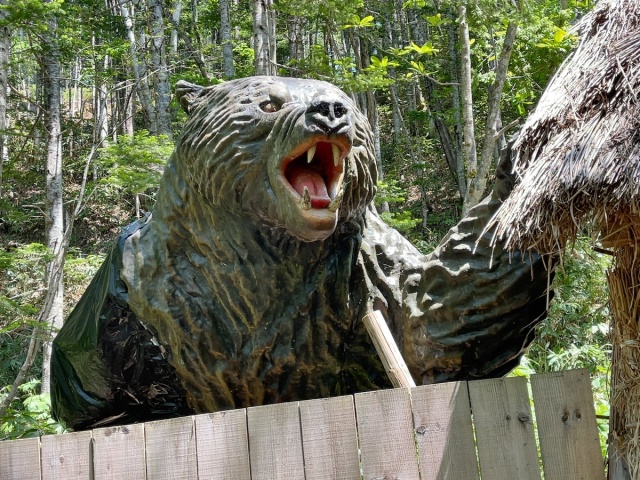
Bears that fail to hibernate are known for being incredibly dangerous — and hungry — and this beast was no exception. The bear was almost as big as the hut itself, so there would be no escaping it during a surprise attack.
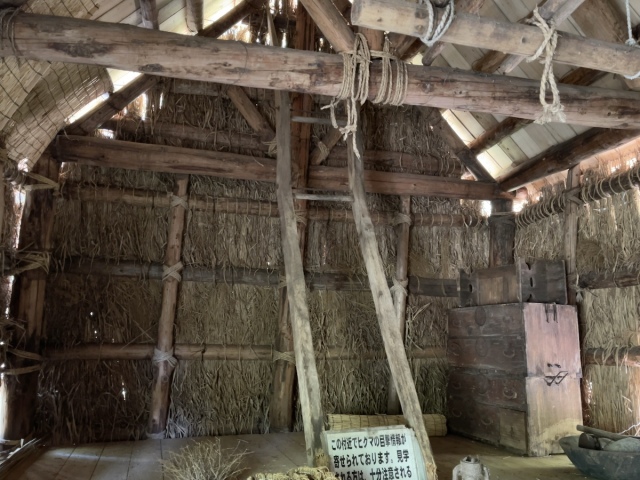
Stepping inside the hut brought the experience of the settlers into incredible focus for Saya. This was more like a shack than a hut, and she couldn’t believe how people once had to make do with simple huts like these in the cold, harsh, snowy winters of Hokkaido.

▼ Seeing these items made Saya grateful for her modern-day home comforts.
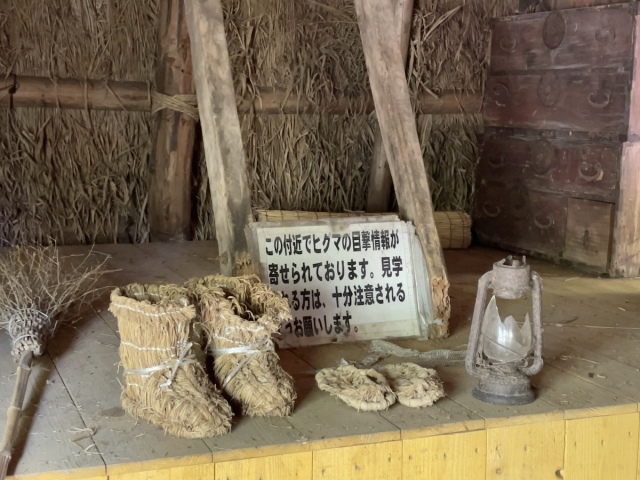
Understandably, after the bear attack, all the settlers left and the area became uninhabited, at least by humans. Bears still exist in the area today, and in greater numbers than before, due to the cessation of annual bear-hunting culls that had previously been in place in Hokkaido until 1990.
▼ Today, a signboard at the site retells the story of the bear attack, and next to it is another sign that shows the short walking course people can take around the area.
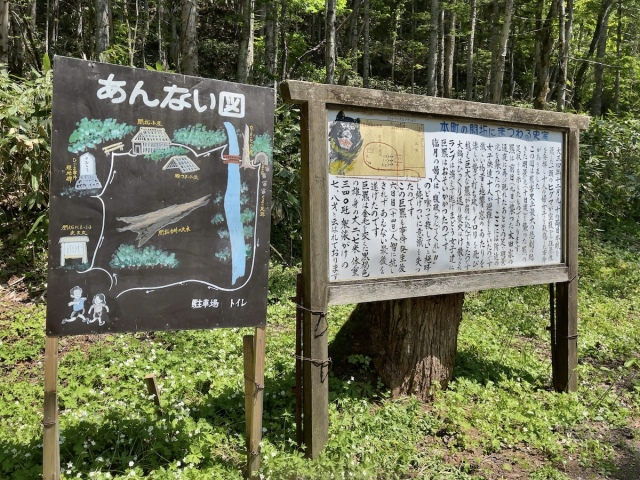
More adventurous explorers can even explore a place called the “Hibernation Hole”, although that was definitely going a step too far for our reporter. After passing by stone memorials marking the site of the incident, Saya felt it was best to steer clear of the forest areas.
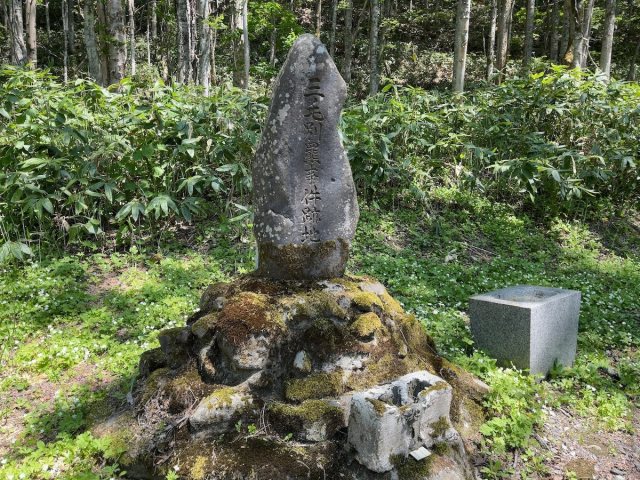
▼ Stone bears were another powerful reminder of the need to stay alert while visiting the site.
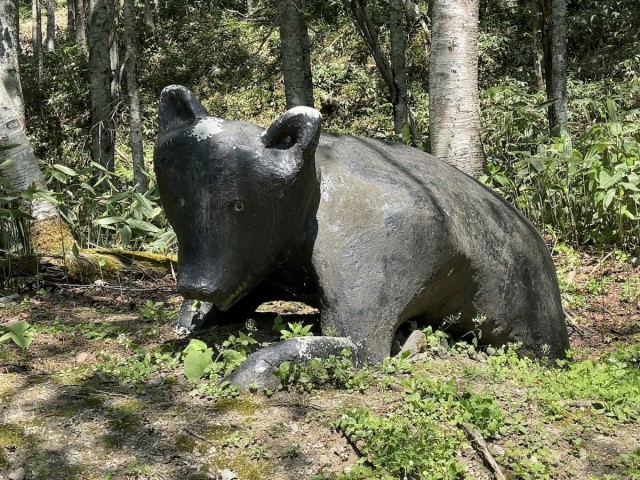
Though the area was tranquil and beautiful, the site of the bear attack had a heavy atmosphere, and the sight of the bear and the hut gave Saya chills that she hadn’t expected. However, the fact that the site is still being maintained and protected for future generations to experience and learn from reflects the relationship between wildlife and locals today.
On one hand, the bear is feared as an unpredictable enemy, but on the other hand, it’s a beautiful-looking beast that brings tourists to the town.
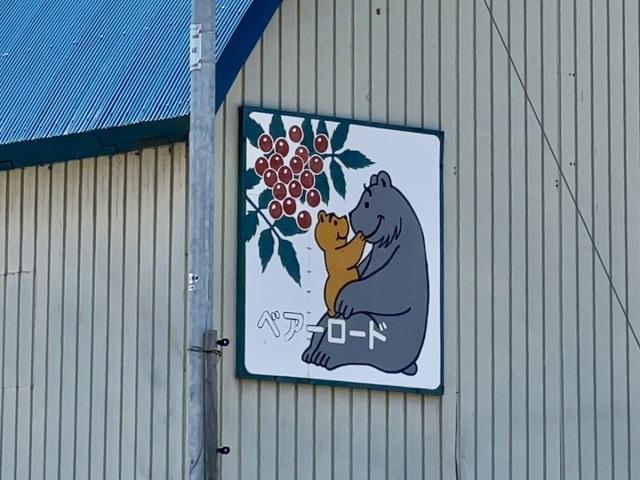
The bear appears on roadside signs like the one above, and in souvenir shops, where they’re sold as cute stuffed toys and on a wide variety of merchandise as a kind of mascot for the town. Tomamae has a complicated relationship with its brown bears, especially in terms of its residents who are direct descendants of those who survived the horrific attack, but all in all, they’ve chosen to coexist as peacefully as possible with the bears in their midst.
▼ Coexisting with brown bears is part of everyday life for a lot of people in Hokkaido, especially up in Shiraoi, where an even more gigantic replica exists.
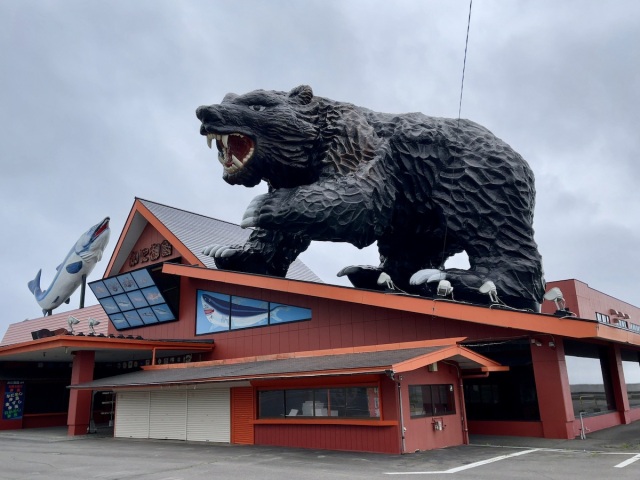
During Saya’s visit to Hokkaido, her only encounters with bears were thankfully of the replicated kind. However, with bear sightings still on the rise around Japan, it’s never been more important to remember the story of the Sankebetsu Brown Bear Incident, and stay alert in rural areas, because firsthand accounts reveal that bears are always unpredictable, and have been known to attack even people in their 80s.
Site Information
Sankebetsu Brown Bear Incident Reconstruction Location / 三毛別ヒグマ事件復元地
Address: Hokkaido-ken, Tomamae-gun, Tomamae, Sankei
北海道苫前郡苫前町字三渓
Closed from early May to the end of October every year, check website for details
Website
Photos ©SoraNews24
● Want to hear about SoraNews24’s latest articles as soon as they’re published? Follow us on Facebook and Twitter!
Credit:

0 comments:
Post a Comment